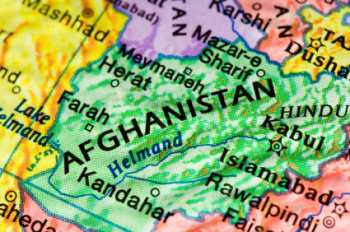Though top officials in the Afghan and US governments continue to treat the massive escalation of the seemingly endless war as simply a matter of course, there is increasing skepticism among war-weary Afghan civilians.
 “Americans are saying that with their planes they can see an egg 18 kilometers away, so why can’t they see the Taliban,” asked one Afghan pharmacist, wondering what exactly the US had accomplished in the past eight years of the conflict.
“Americans are saying that with their planes they can see an egg 18 kilometers away, so why can’t they see the Taliban,” asked one Afghan pharmacist, wondering what exactly the US had accomplished in the past eight years of the conflict.
It is clear even among the most optimistic officials that the war is going poorly, and after President Obama nearly doubled the American presence in March, things only got worse.
For Gen. Stanley McChrystal, this was seen as a good reason to launch an unprecedentedly large second escalation, and he is seeking upwards of 80,000 additional troops, which would more than double the US force for the second time this year.
Throwing ever more troops at the conflict has concerned some US policy makers, but it has terrified Afghanistan’s populace, which had to cope with a record civilian death toll after the much smaller March escalation. The population was already getting sick of what has become nearly a decade of occupation, and if the US sees fit to double down yet again, it will push more of them into open revolt.
Most of them are already convinced that it is high time to negotiate with the Taliban, to try to spare the country yet more years of fighting, and while officials continue to give lip service to that strategy the US has repeatedly expressed concerns that the war isn’t going well enough for them to be in a bargaining position to get what they want out of the Taliban. If that was true this spring, it is doubly true today.


